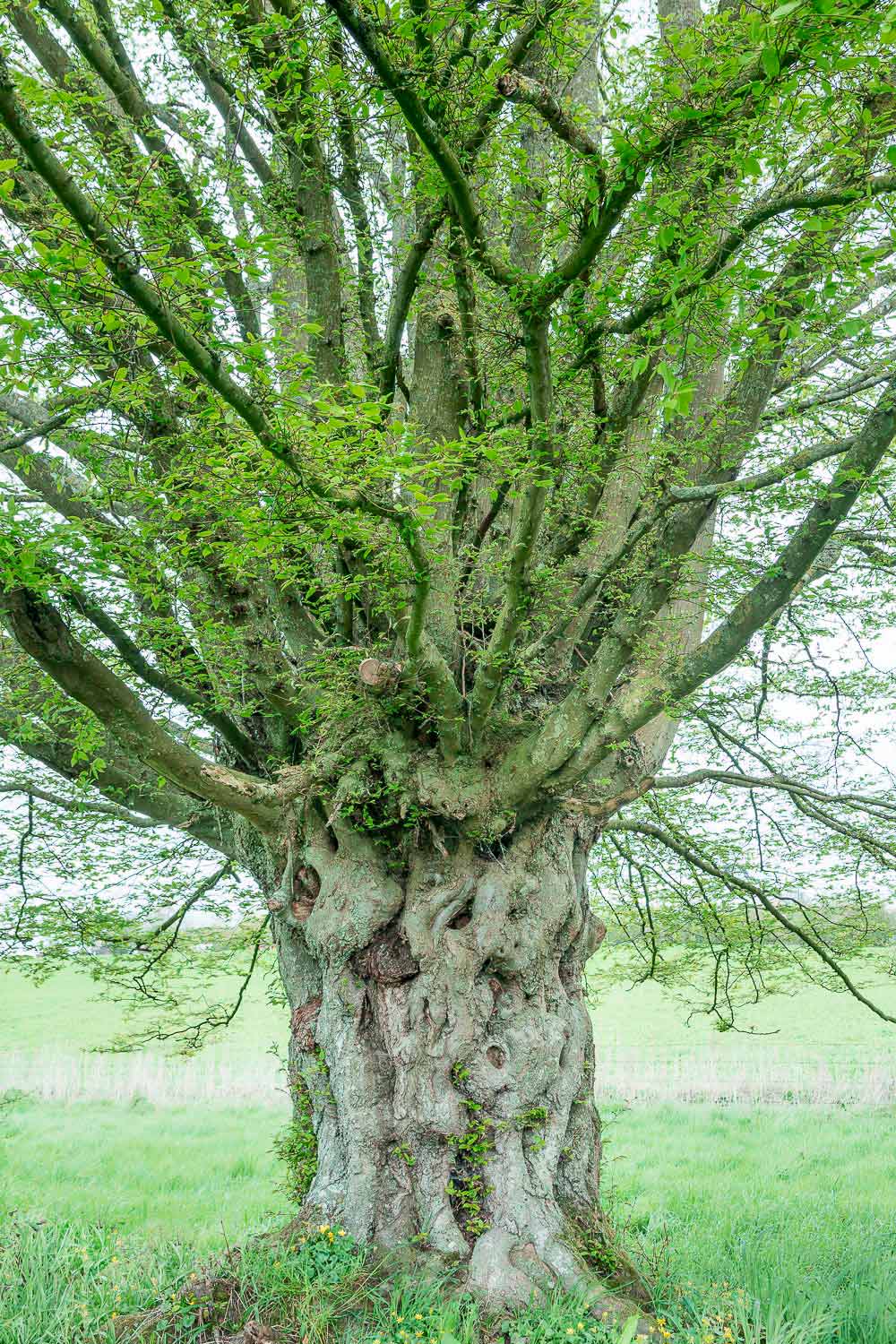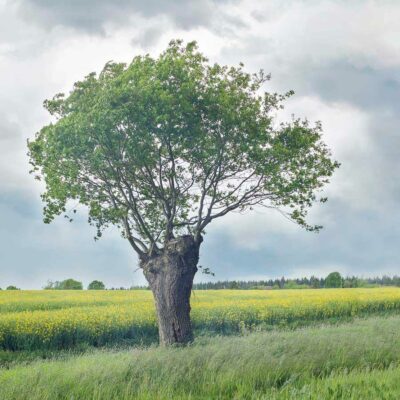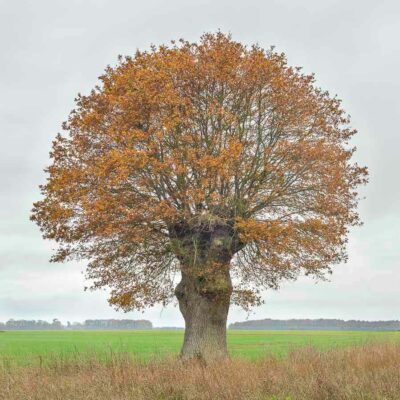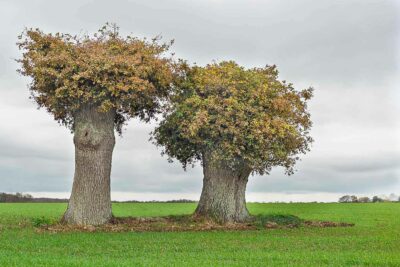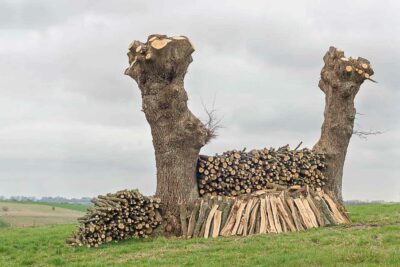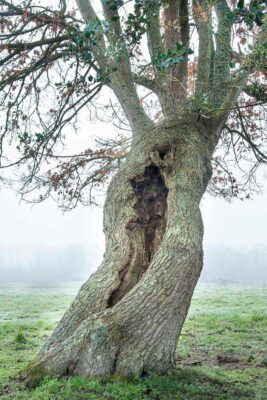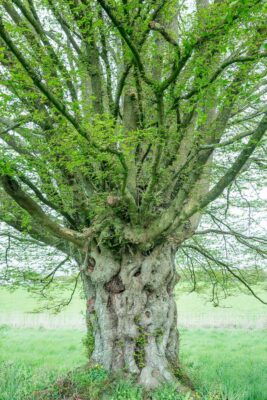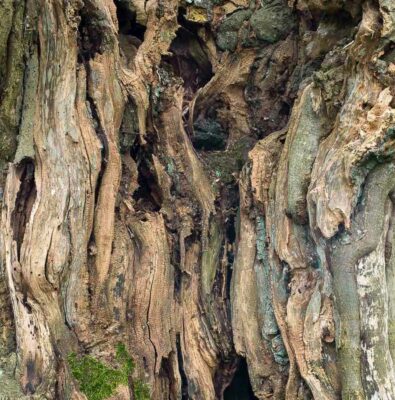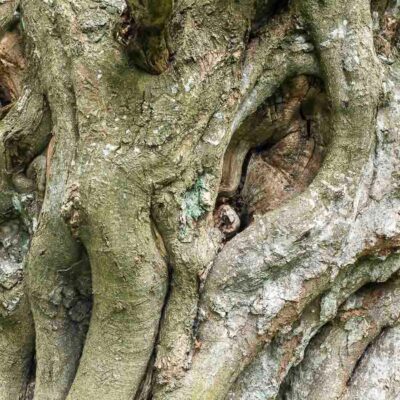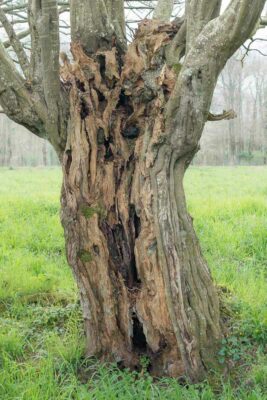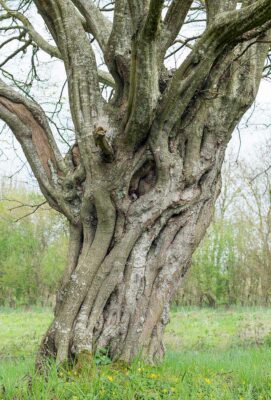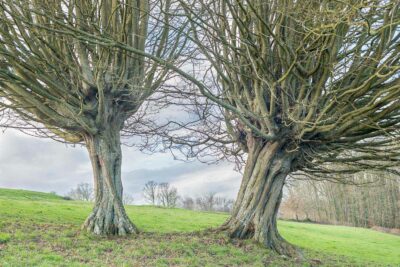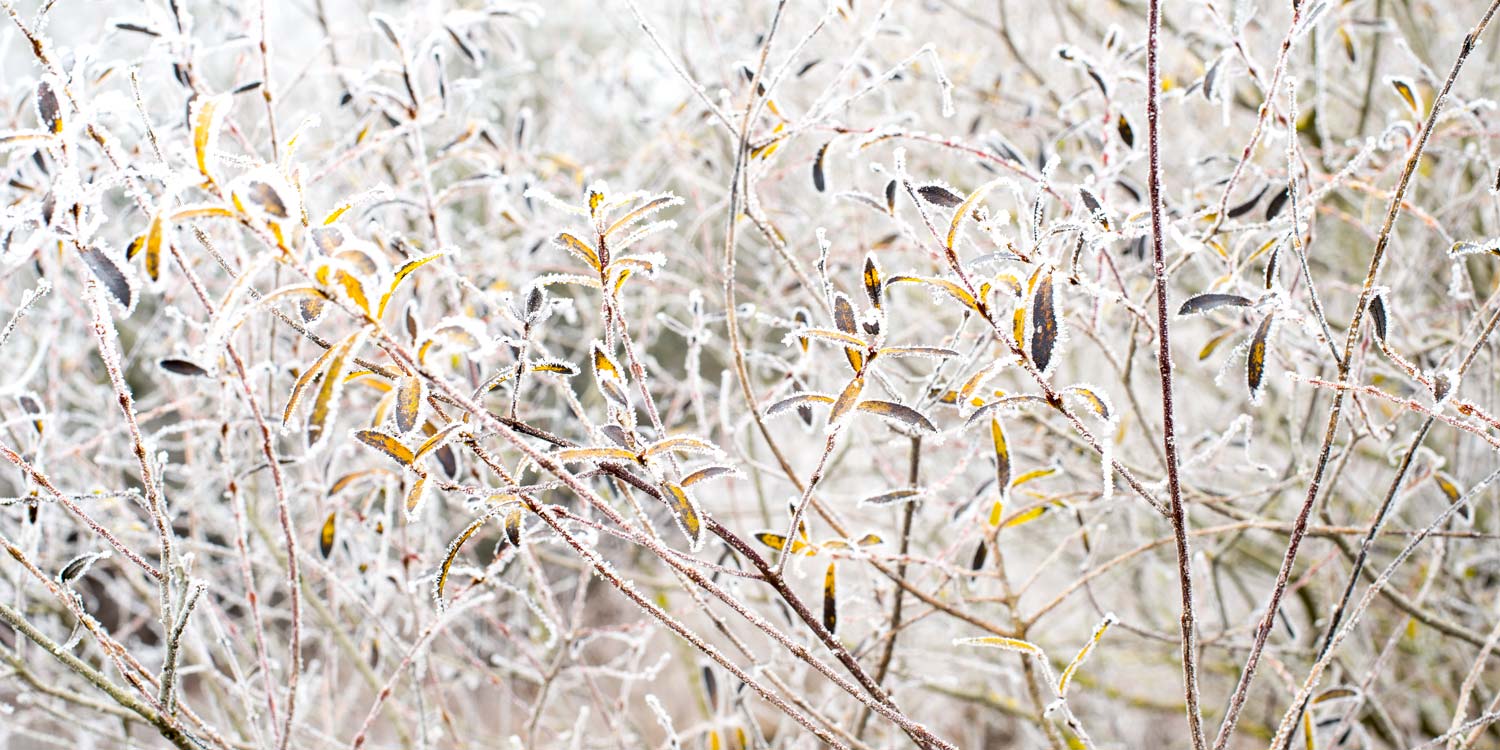Dehorned tree, chapoule, escoup, moussard, ragosse, tétard … refer to these field trees. There are over 250 names listed to date to name them. They are called trognes in the Perche Vendômois. And the photographs of Pollard trees taken for this article were only in this region. But these field trees can be found throughout Europe also on other continents such as Asia, Africa, South America.
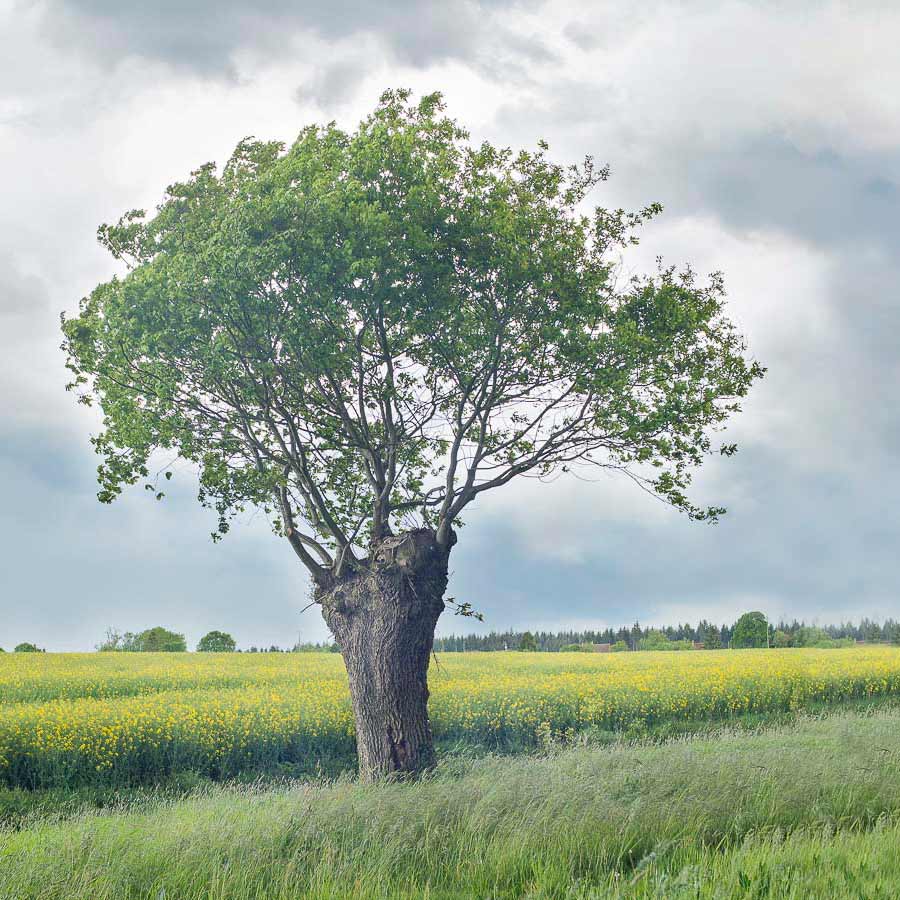
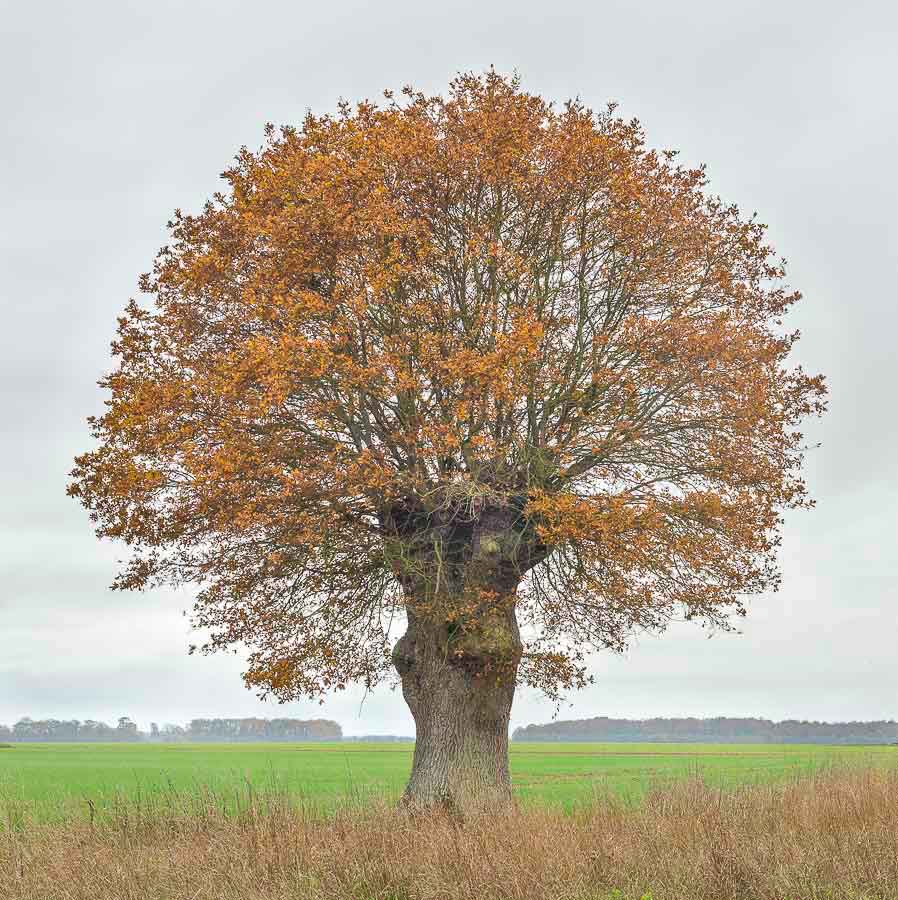
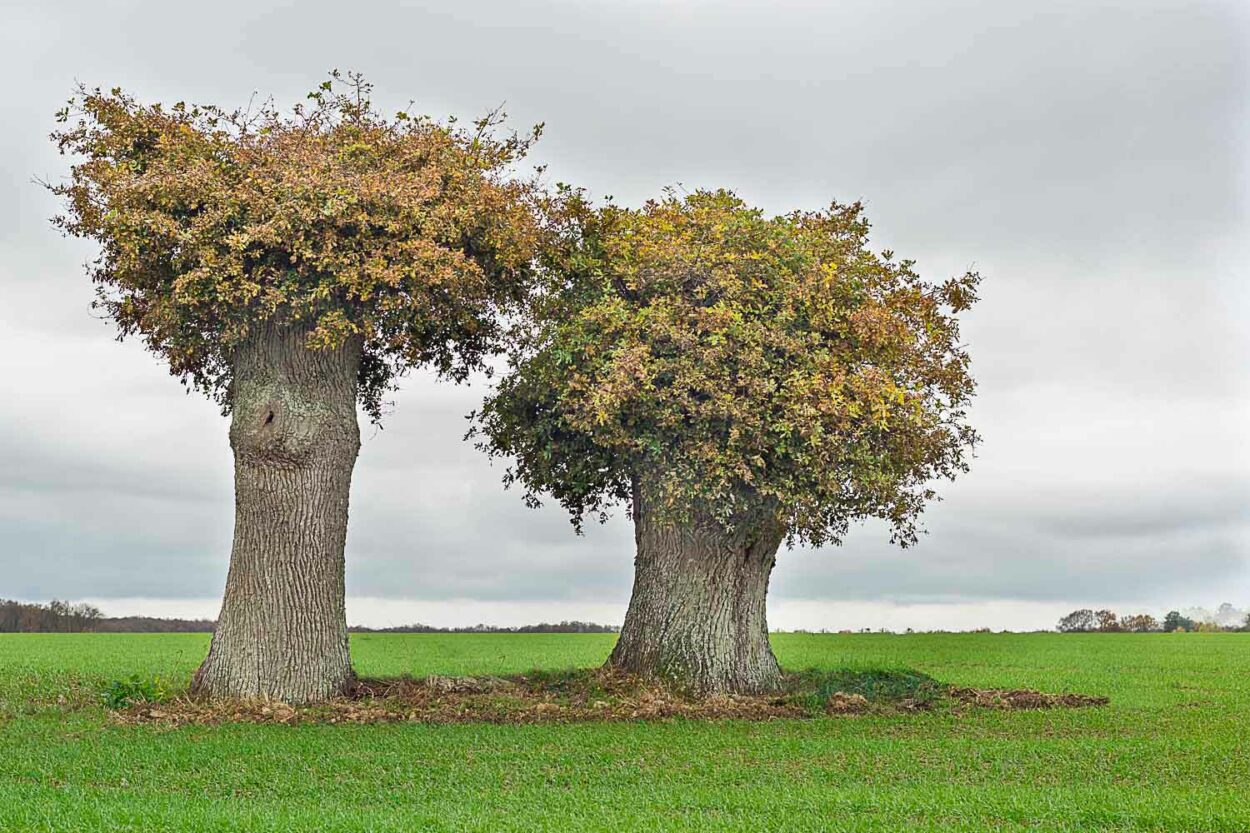
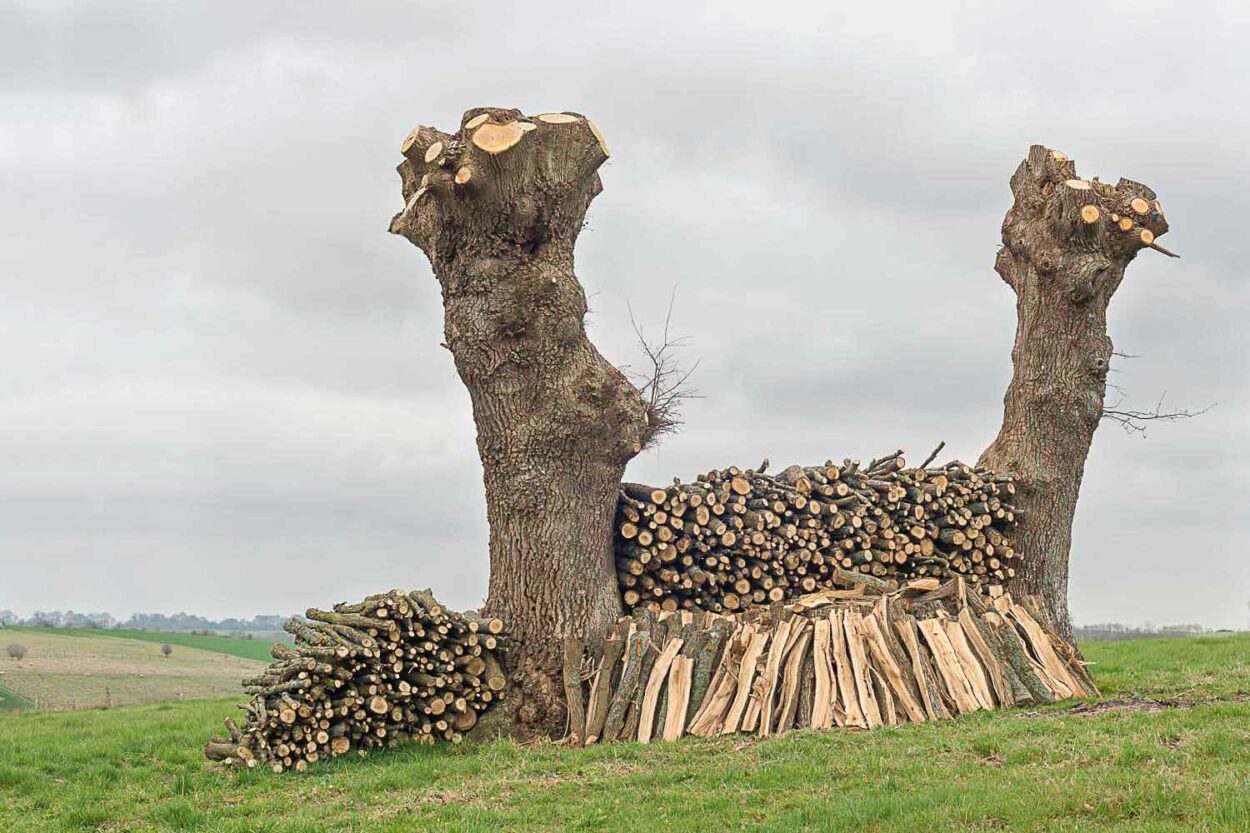
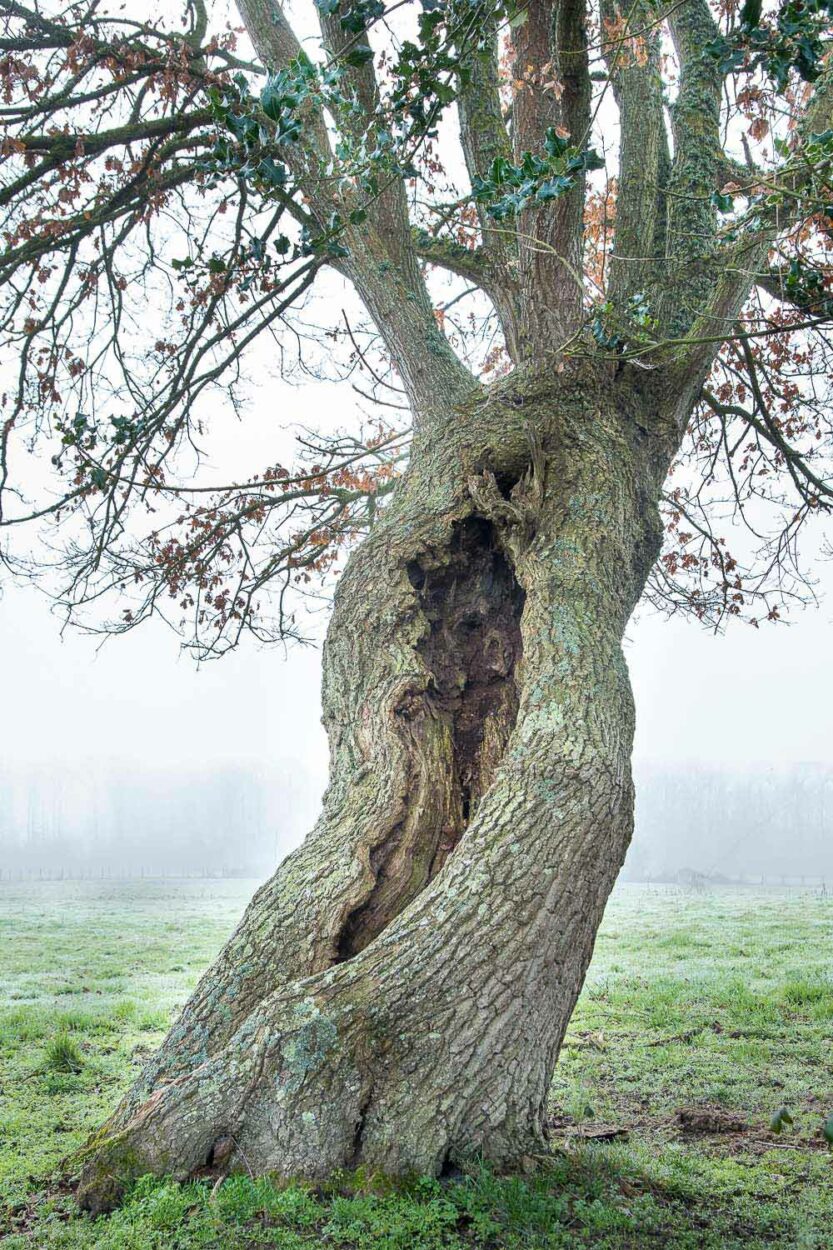
These trees of the fields have become pollard trees by a specific intervention of man. When they were young, they were cut to the height of two to three meters. When a tree is cut in this way there are rejects or young shoots that go back to the place of cutting. These branches are then cut regularly every seven, eight years. And so the tree produces wood for centuries. This practice, which dates back to antiquity, gives trees a disturbing and mysterious shape.
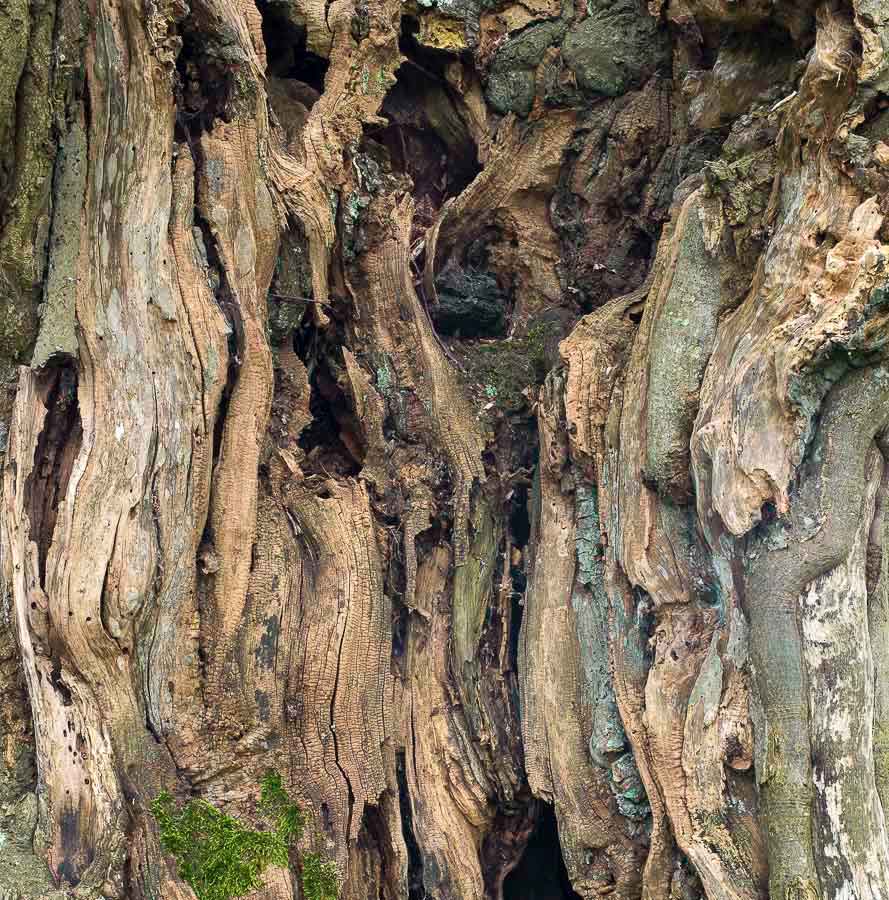
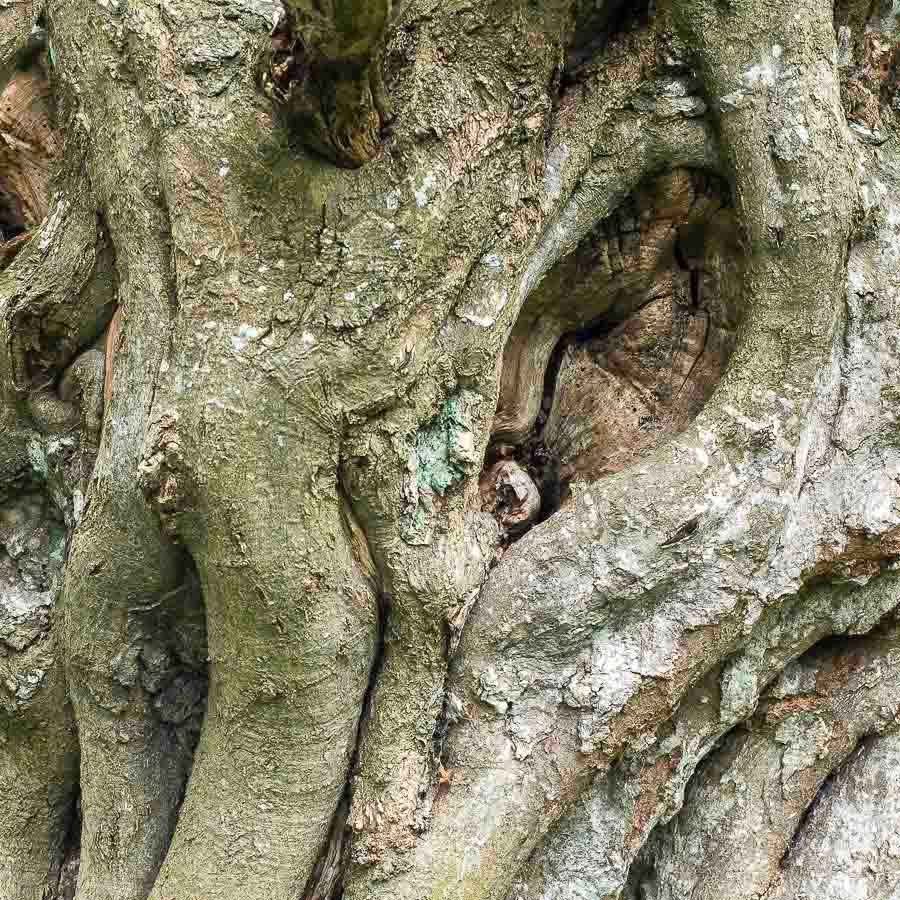
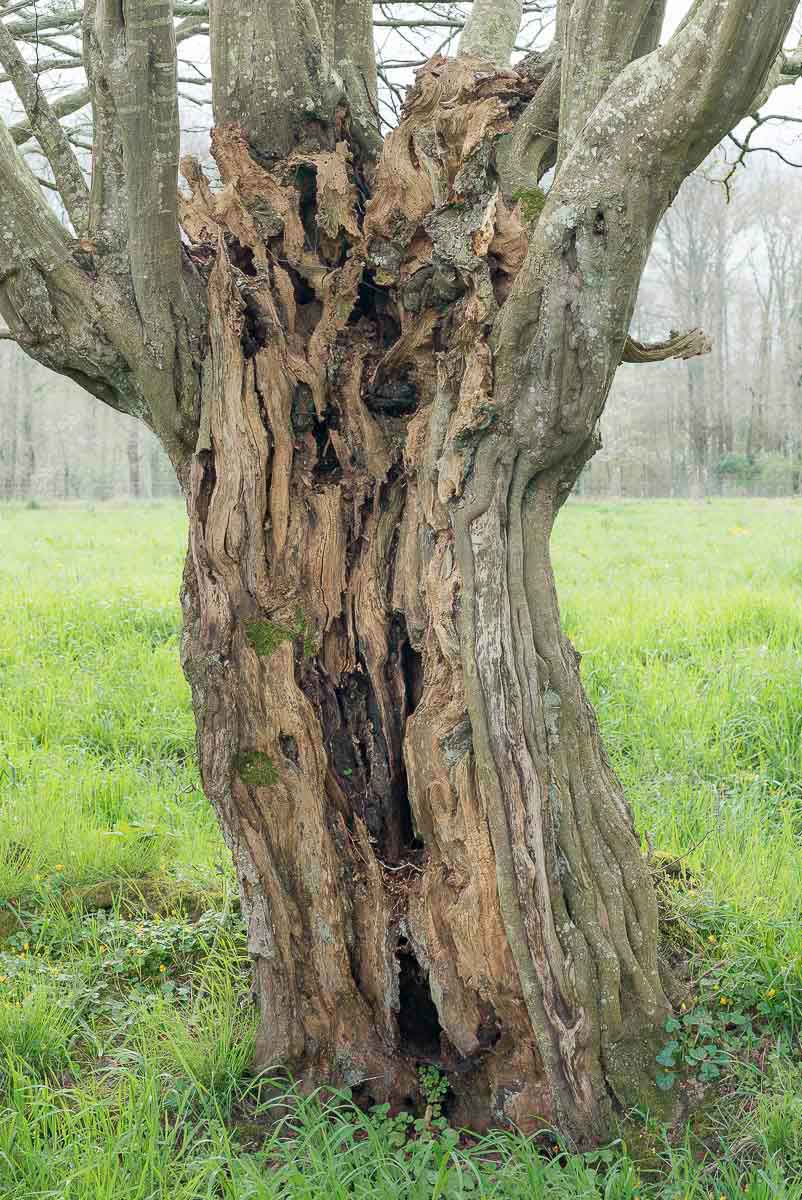
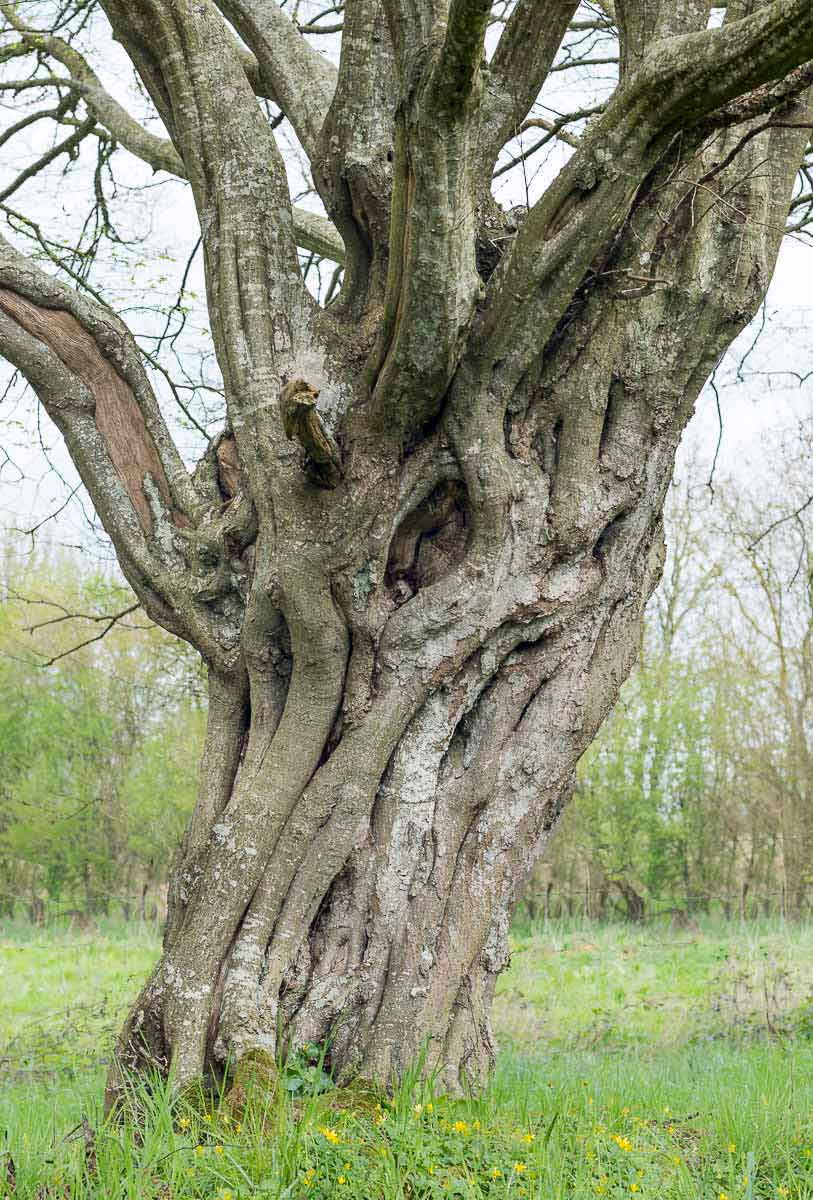
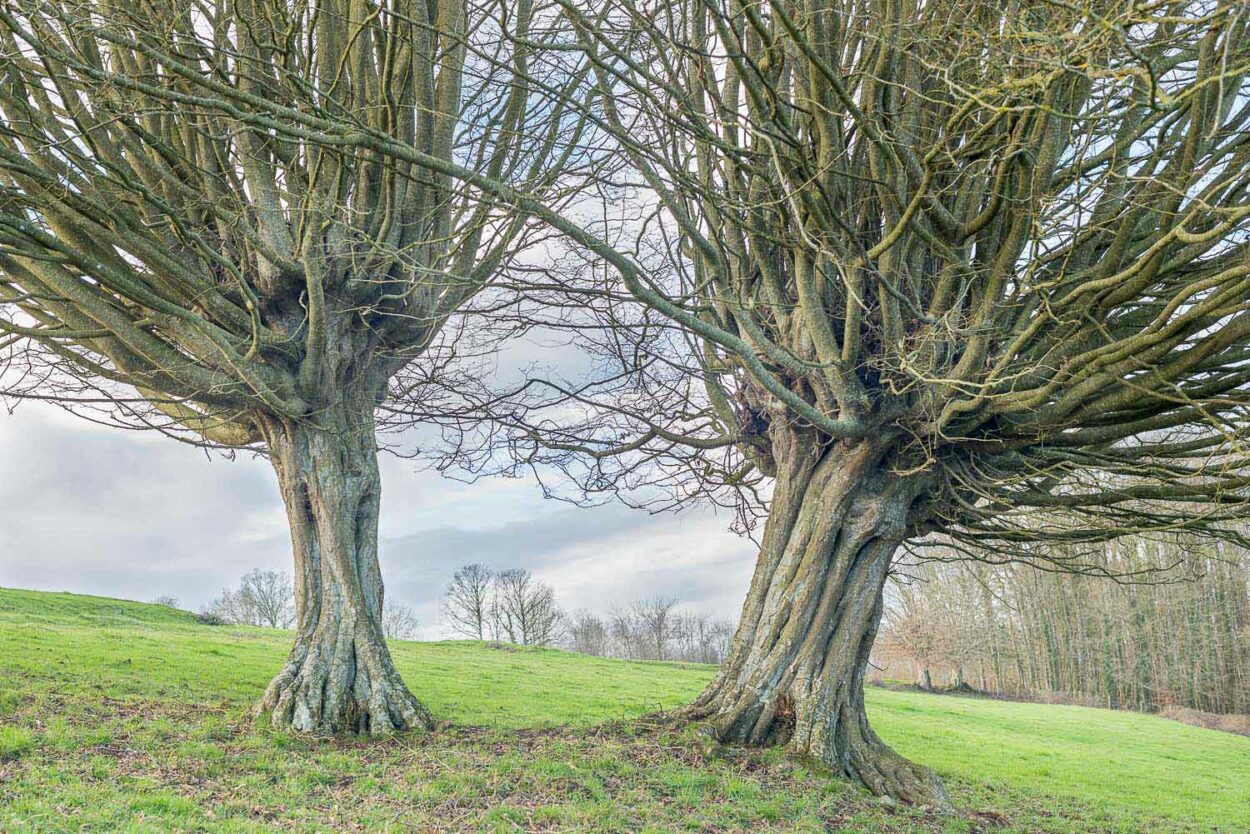
The trees exposed in this article are about one to two centuries old. And you have them in two galleries separated by a writing paragraph. The first gallery are oak pollards. The second gallery are hornbeam pollards. But these trees can be found in many other species : beech, plane trees, chestnut, poplars, willows, linden trees…
On your next trips in the countryside try to spot these field trees that have become pollards.
It is possible to see these photos with their caption in full screen. To do this, click on one of the photos below and then on the small rectangle at the top right.
